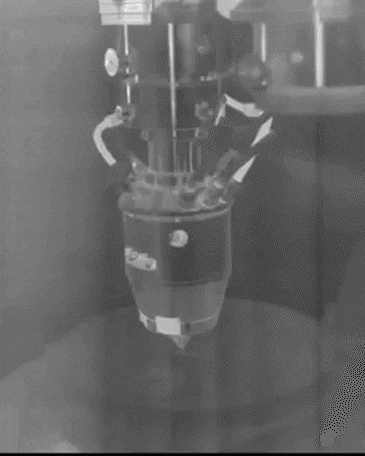The US Department of Energy’s Oak Ridge National Laboratory (ORNL) has developed a 3D-printed nuclear reactor core prototype, with the ultimate goal of the Transformational Challenge Reactor (TCR) Demonstration Program being to create an advanced, full-sized, 3D-printed reactor with integrated sensors and controls from fewer components by 2023.
According to the World Nuclear Energy Association, the United States has 98 nuclear reactors operating in 30 states providing 20 percent of the nation’s energy supply without generating carbon emissions. Unfortunately, most of the reactors are based on half-century-old technology with only one new reactor being built in the last 20 years and many facing retirement in the next two decades as their licenses expire.
Replacing these reactors will be extremely difficult and expensive for a number of reasons, but the biggest is that American commercial reactors have traditionally been large civil engineering projects that use one-off designs that take decades to design, develop, build, demonstrate, test, gain official approval, and bring online.

ORNL/US Dept. of Energy
The TCR Demonstration Program is tasked with speeding up this process while cutting costs dramatically by bringing the advantages of high-temperature 3D additive printing, combined with advanced materials and 21st-century reactor design, to bear on the problem. According to ORNL, this has already resulted in a three-month “sprint” to produce a prototype reactor core.
“We have been aggressively developing the capability to make this program a reality over the last several months, and our effort has proven that this technology is ready to demonstrate a 3D-printed nuclear reactor core,” says Kurt Terrani, the TCR technical director. “The current situation for nuclear is dire. This is a foundational effort that can open the floodgates to rapid innovation for the nuclear community.
“The entire TCR concept is made possible because of the significant advances in additive manufacturing process technology. By using 3D printing, we can use technology and materials that the nuclear community has been unable to capitalize on in the last several decades. This includes sensors for near-autonomous control and a library of data and a new and accelerated approach to qualification that will benefit the entire nuclear community.”
The program is currently refining the design of the prototype using continual monitoring and artificial intelligence during manufacture to assess the materials and performance. If the technology pans out, ORNL says that it could rapidly change the nuclear energy industry.
The video below shows the reactor core prototype being printed.
3D Reactor
Source: ORNL
Source of Article